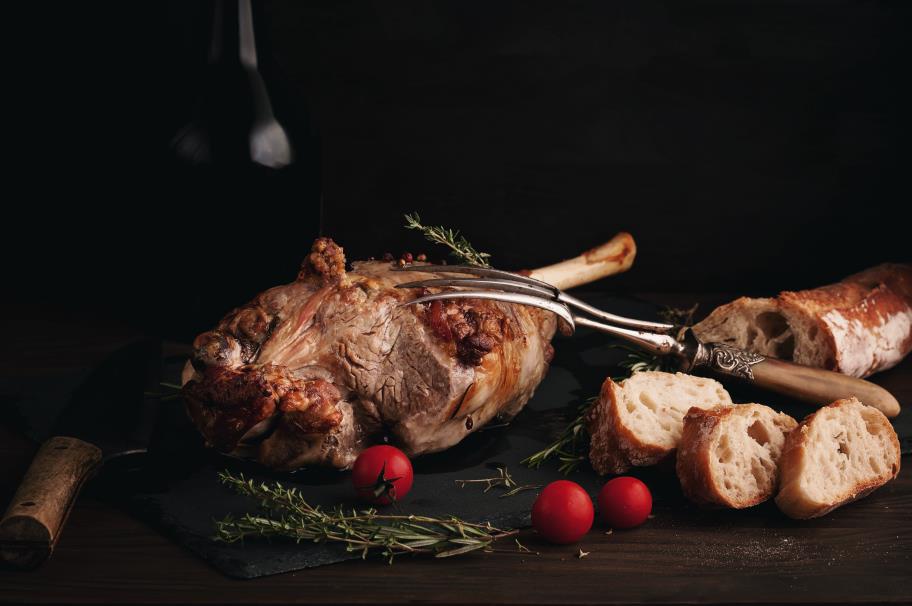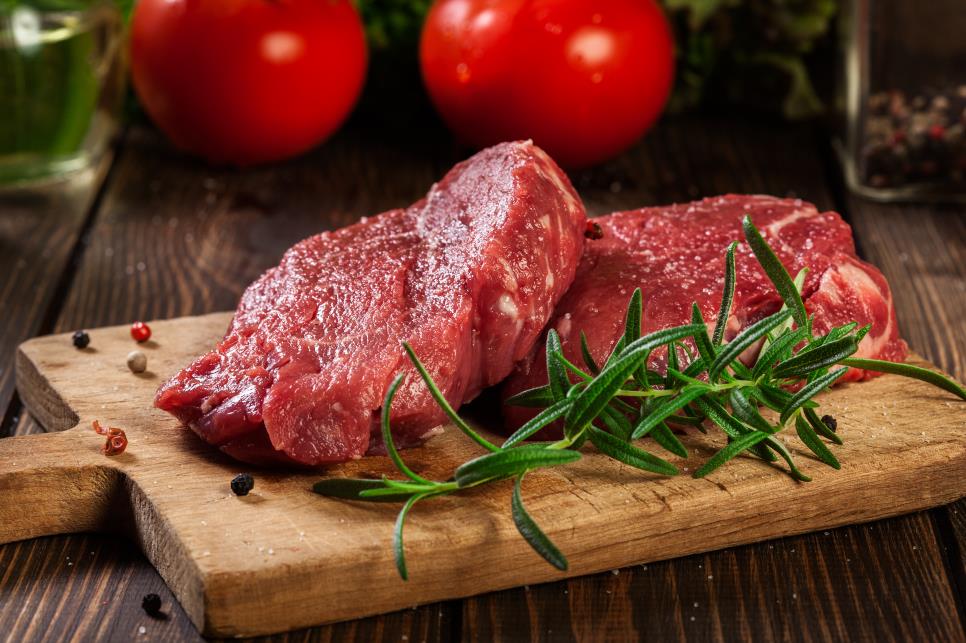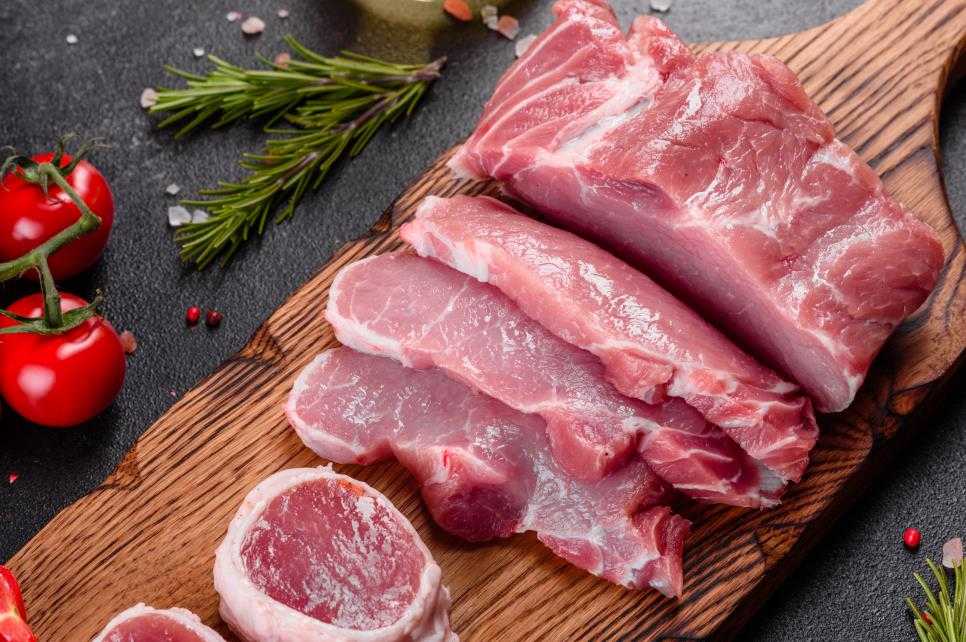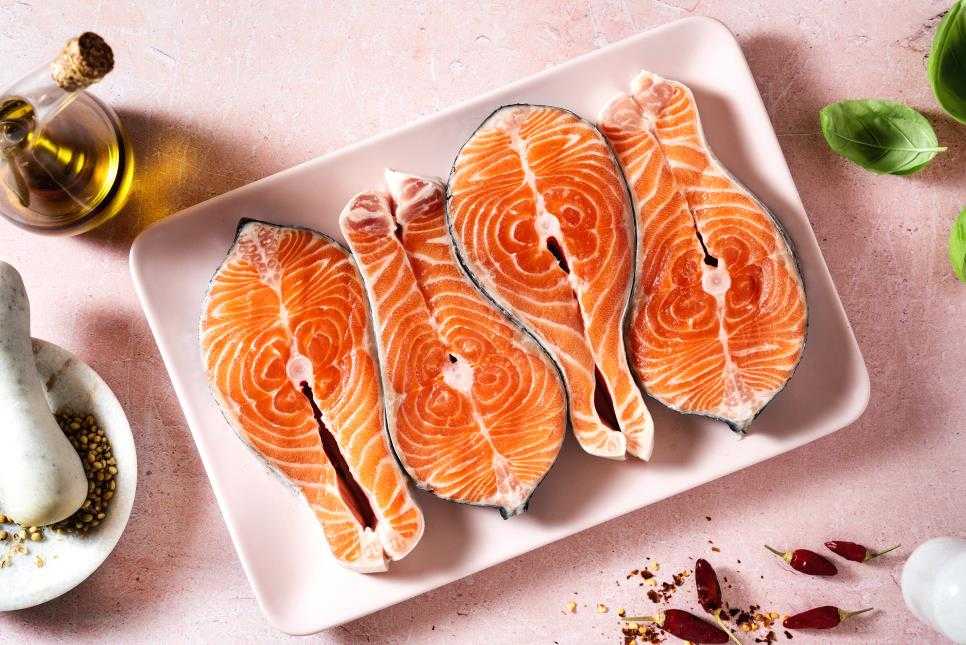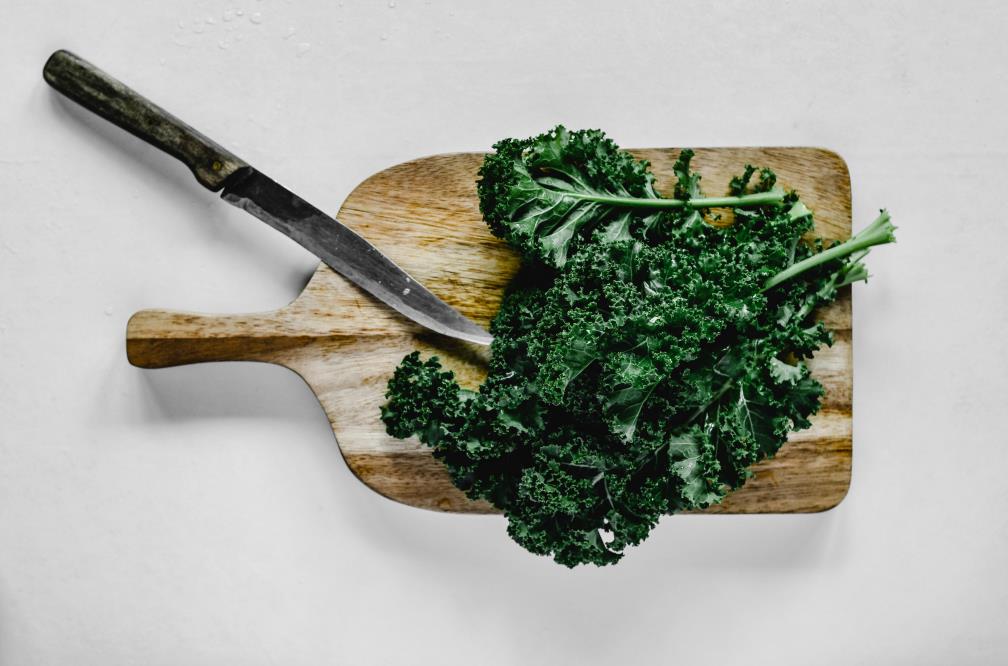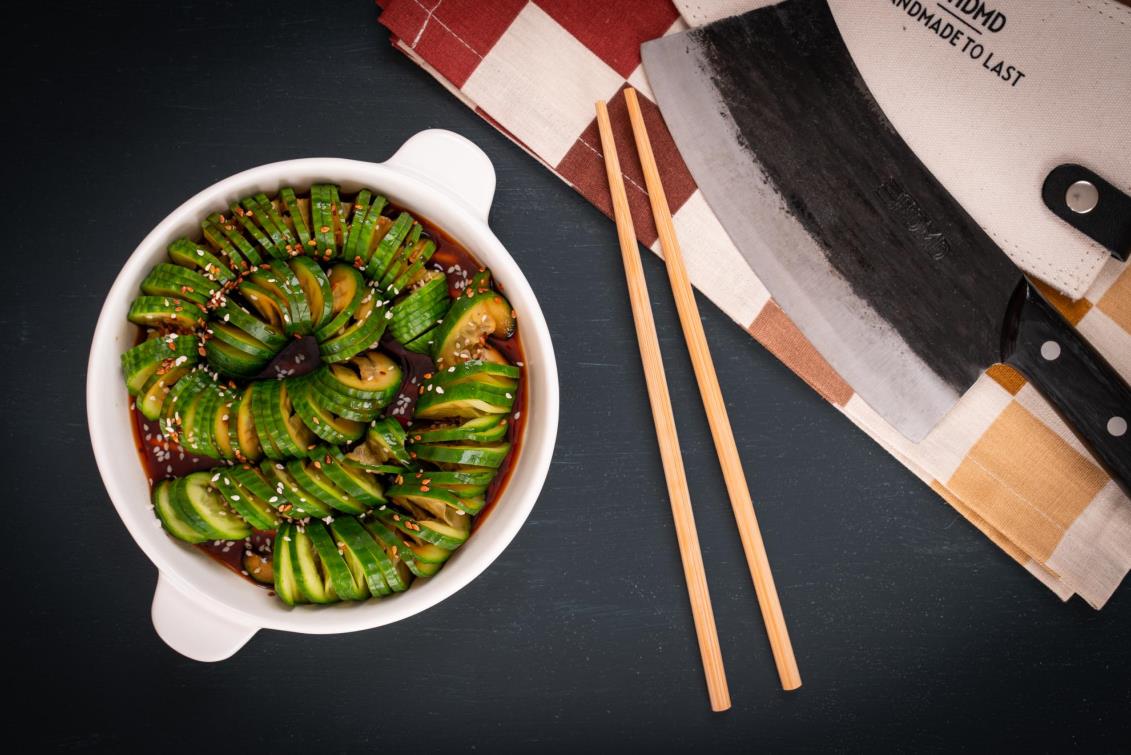This article is all about succulent corned beef, the brisket kind, not the one in a can! Let’s explore prepping corned beef, cutting it for toothsome results, and getting the best out of it with your cooking methods.
Table of contents
The origins of corned beef
Corning beef simply means to preserve it by using water and rock salt (brine) although most recipes include nitrates and seasonings too.
The cut used for corned beef is brisket.
Methods for corning beef are found throughout the world as people in the past needed to keep beef edible without the benefit of refrigeration. Keeping the meat fresh enabled it to be more economical and this was crucial during periods such as the World Wars when food rationing was in force and food supplies had to be ‘stretched’ for economy.
Today corned beef is beloved of many cultures, is popular on St Patrick’s day, and can be found delis and butcheries for consumption and usage at home.
Preparing corned beef at home
Corned beef is relatively inexpensive, tender, and very flavorful if prepared correctly. Here’s how to prep corned beef before cooking:
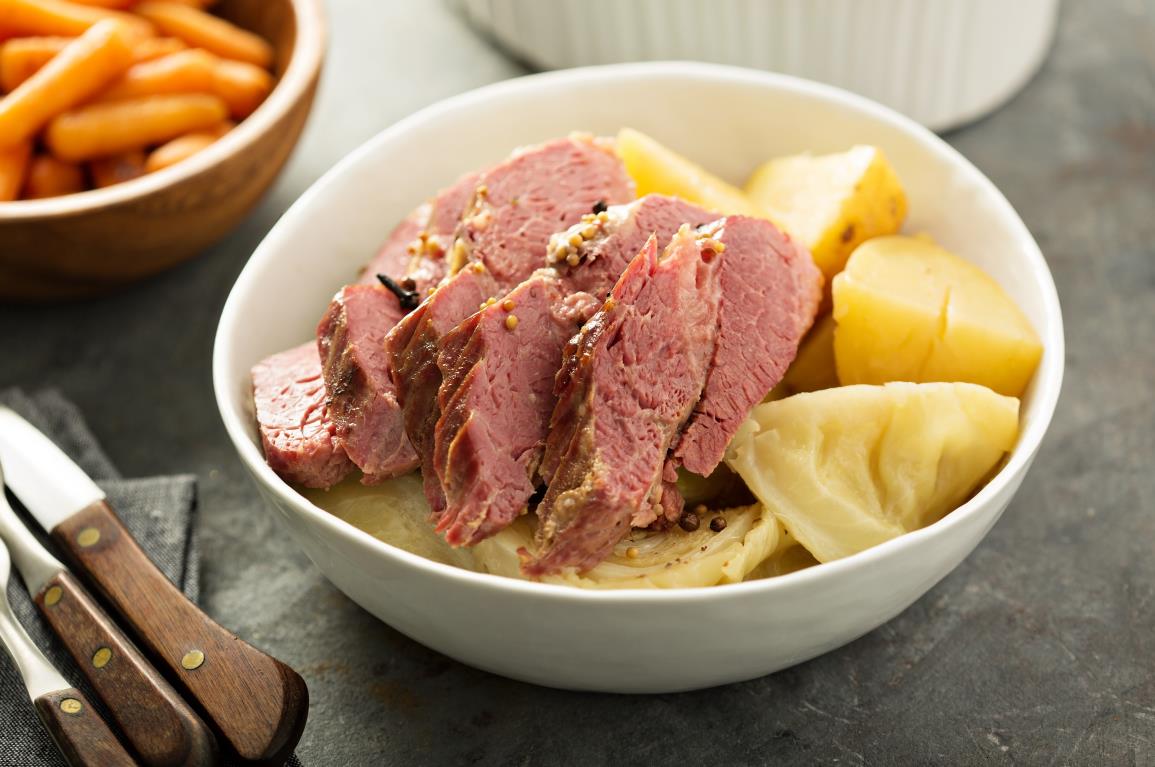
Method
- Working near a clean sink, remove the corned beef from its packaging and take any packets of seasoning and put these aside.
- Now discard the packaging and thoroughly rinse off both the beef and the seasoning packet(s) over the sink.
- Flush any brine (salt water) away.
- Continue rinsing off the beef under a gently running tap until you’re confident that all exterior saltiness has been rinsed off.
- Whether you corned your own beef or bought it from a store, it will still be quite salty inside. Heat out the excess salt by placing the corned beef in a very large pot with a thick bottom.
- Submerge the beef in water with at least 1 inch of water covering it.
- Put the pot on a medium heat, lid on, until the water comes up to a simmer.
- Allow the corned beef to simmer, not boil, for 45 minutes and then take it out of the pot and discard the simmering water.
- You can now dry off the beef and slice it for frying or put it back into the well rinsed large pot to be stewed with vegetables and so on. At this stage you can add the contents of the seasoning packet to the stewing water if you like.
Best knife to cut corned beef
True cutting power in the palm of your hand
Helpful hints
- Wear gloves to avoid messy hands
- Clear and clean the sink first so that you can work easily
- If cooking the beef in liquid, consider using flavor enhancing liquids like beer, cider, or stock
- When purchasing, choose a corned brisket that’s thick with very little gristle. Shop ahead if necessary to ensure you get the choice of the best cuts!
Cooking Guidelines
If you’re simmering the corned beef brisket whole, the internal temperature must be at least 165 F to melt the collagen inside. This keeps the beef tender and juicy. Check the inside of the beef with a meat thermometer to achieve this temperature.
If simmering in a pot, cook the beef for around 3 hours or for 30 minutes per pound of meat.
If cooking in the oven, bake at 350 F for about 2 and half hours, and check that the internal temperature has reached 195 F for best results.
Oven bake the meat on a tray/grid set inside a baking tray so that the juices can collect at the bottom for gravy. You can baste the outside of the beef with mustard or add other seasonings that you like.
It’s recommended to cook the brisket in one large piece as this helps the meat to hold onto moisture, so don’t cut it into pieces before cooking OR remove the fat layer which also keeps it juicy.
Once it’s done cooking, take the corned beef off the heat entirely, out of its cooking liquid, and place it on a clean chopping board. Cover the meat with aluminum foil and let the meat rest for 15 minutes to reabsorb any juices and firm up slightly.
While the meat is resting you can proceed with cutting and prepping the vegetables you plan on serving.
Trimming your cooked corned beef
Use a long and very sharp meat carving knife, ham knife, or chef’s knife.
Use a meat fork to hold the meat firmly in place if you have one and place the whole piece of beef on a steady, non – slip chopping board for easy carving.
- If you cooked a whole brisket, it’ll be made up of 2 parts with a layer of fat in the middle.
- With the meat fork, gently pull open the meat where you see the connecting fat layer, and using your knife, cut through it entirely so that the meat is in 2 parts.
- The bigger portion is called the flat, it’s quite even in thickness. The smaller portion is the point, it’s fatty and sits on top of the flat.
- Next, take a piece of the beef and place it on your cutting board with the whitish, fat covered surface facing up.
- Trim the beef of this ‘fat cap’ by securing the meat with the fork and sliding the knife horizontally along the bottom of the fat layer as it meets the meat.
- You’ll want to cut off most of this fat layer but leave about a ½ inch of the fat on the meat as it adds huge flavor.
Slicing your corned beef
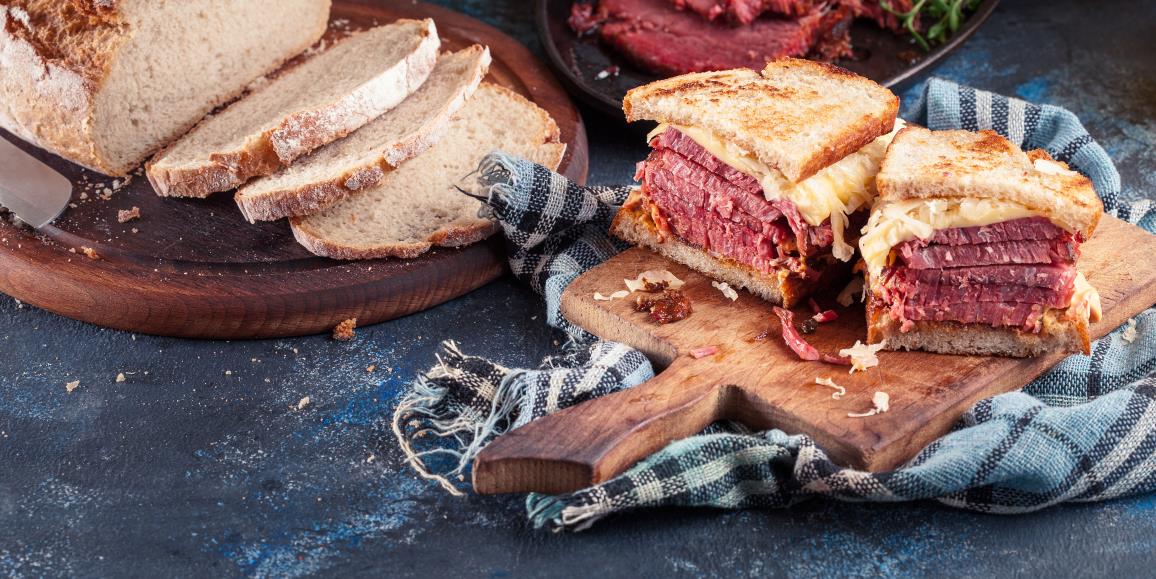
Method
- Place your piece of beef on the board, fat side down.
- Look carefully at the meat and find the grain pattern. You’ll see the muscles in the meat all running in a particular direction, this is the grain pattern.
- The flat and point portions of the corned beef will have different grain patterns so cut each separately and using a different direction of cut that goes against the grain of each piece.
- Using your knife and the meat fork, turn the meat so that you can easily cut perpendicular to the meat fibers, not parallel to them. By cutting through these meat fibers, you shorten them, making the meat much more tender in the mouth. Brisket is a muscular part of the animal, so it does need across the grain slicing.
- Take the smaller, thinner piece of the brisket and start cutting from its corner whilst securing it with the meat fork.
- Slice down firmly and smoothly through the meat, working the knife across the grain of the meat in a see saw motion, lifting and dipping the tip of knife as you move through the meat.
- Push the knife downwards as you slice, so that you’re carefully shaving it into thin slices around 1/8 inch thick.
- Place each downward cut somewhat close together to achieve thin slices and try not to hack at the meat, a smooth motion will give a neat effect to the slices.
- Cutting a large portion of beef into half will make it easier to hold with the fork and cut into slices, so do this if it’s more practical.
Corned beef is delicious served sliced into thin slices as described but cut thicker slices if you want to make something like corned beef hash.
Corned beef, serving it up!
Here are some appetizing ideas for using your corned beef:
- Served sliced with cabbage (traditional)
- Sandwiches
- Nachos
- Soups and stews
- Corned beef hash
- Casseroles
- Chopped up for stir fries or into omelets
- Slices of corned beef egg dipped, crumbed, and fried for ‘patties’
Corned beef FAQs
How long can you store corned beef in the fridge before cooking?
Ensure the beef is well sealed and unopened, and store in the fridge safely for 5 – 7 days.
What dietary restrictions should I be aware of if serving corned beef to guests?
Kosher corned beef is made from the front of the cow and slaughtered under the guidance of a rabbi. If serving corned beef to guests of the Jewish faith, make sure that the meat is kosher graded so that they can eat it.
What do I do with leftover corned beef?
Allow leftover meat to cool entirely, seal it in a container, and it can be safely frozen for up to 2 months. Thaw thoroughly when needed, and you can use it in lots of different ways as we’ve suggested.
In conclusion
A corned beef brisket is so versatile and lends itself to loads of different types of recipes. Easy on the pocket, it also makes a decent amount that you can stretch over a couple of meals.Prepped and cooked carefully at low and slow temperatures, it delivers meltingly tender meat in every mouthful. Cut it with respect across the grain, and you’ll delight in how soft this beef can be!







